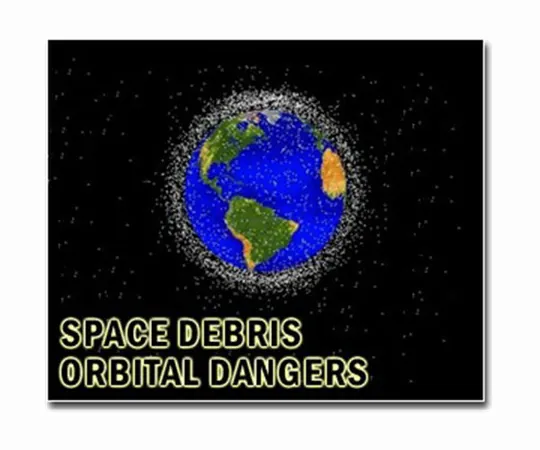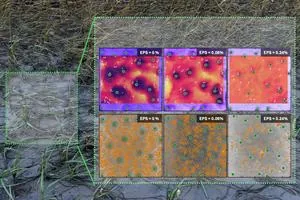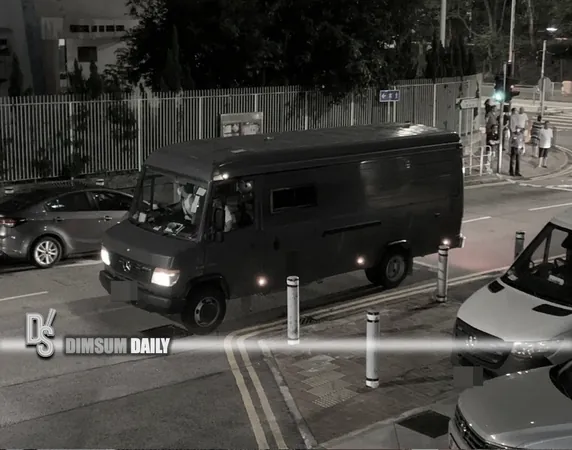
GMV Lands Groundbreaking ESA Contract for Next-Gen Orbital Collision Monitoring Tool
2025-05-12
Author: Wei
A Game-Changing Leap in Space Safety
In a significant advancement for space safety, GMV has secured a pivotal contract with the European Space Agency (ESA) to develop a state-of-the-art tool for monitoring orbital environments. This collaboration aims to revolutionize how satellite operators assess and manage collision risks in space, particularly amid the explosive growth of low Earth orbit (LEO) traffic.
Why This Innovation is Crucial
Currently, collision avoidance strategies only provide a limited view—usually just two weeks into the future. This short timeframe can leave operators vulnerable to unexpected increases in collision threats, especially as the number of satellites and debris in orbit continues to escalate. With large satellite constellations and frequent fragmentation events becoming the norm, a more robust risk assessment tool is essential.
Extending the Collision Prediction Horizon
GMV, in collaboration with the Politecnico di Milano, plans to bridge this gap. The project seeks to extend the collision prediction window to several months, incorporating extensive factors like debris evolution, satellite maneuvering patterns, and projections of space traffic. This will empower operators to make informed decisions long before potential collisions become imminent.
Project Timeline and Objectives
The development phase is set to unfold over 16 months, followed by a 6-month warranty period to ensure the tool's effectiveness. GMV will not only spearhead the project management and design of the operational tools but will also collect historical data to train and validate the new models. Meanwhile, Politecnico di Milano will concentrate on crafting the mathematical frameworks at the heart of this innovative solution.
A Milestone for GMV and Space Operations
This contract is a historic moment for GMV, marking their first ESA prime contract originating from France. It solidifies GMV’s position at the forefront of space situational awareness (SSA) and space surveillance and tracking (SST), significantly contributing to the sustainability of space operations. As traffic in space multiplies, this initiative promises to enhance not just safety, but also the future of space exploration altogether.


 Brasil (PT)
Brasil (PT)
 Canada (EN)
Canada (EN)
 Chile (ES)
Chile (ES)
 Česko (CS)
Česko (CS)
 대한민국 (KO)
대한민국 (KO)
 España (ES)
España (ES)
 France (FR)
France (FR)
 Hong Kong (EN)
Hong Kong (EN)
 Italia (IT)
Italia (IT)
 日本 (JA)
日本 (JA)
 Magyarország (HU)
Magyarország (HU)
 Norge (NO)
Norge (NO)
 Polska (PL)
Polska (PL)
 Schweiz (DE)
Schweiz (DE)
 Singapore (EN)
Singapore (EN)
 Sverige (SV)
Sverige (SV)
 Suomi (FI)
Suomi (FI)
 Türkiye (TR)
Türkiye (TR)
 الإمارات العربية المتحدة (AR)
الإمارات العربية المتحدة (AR)